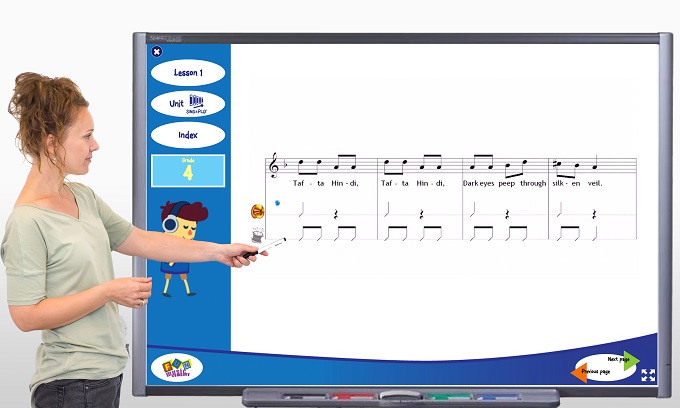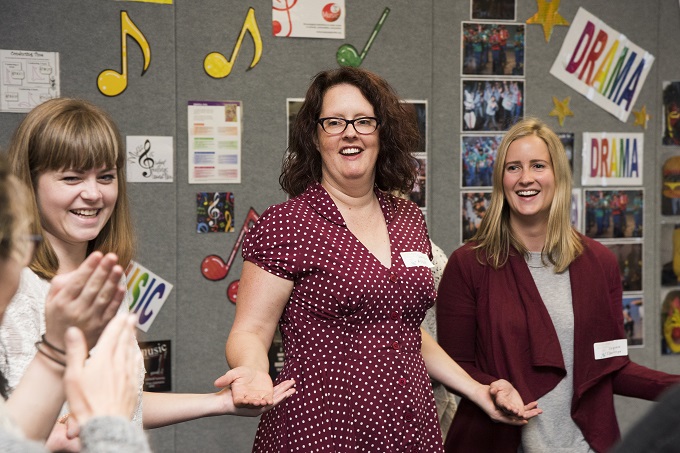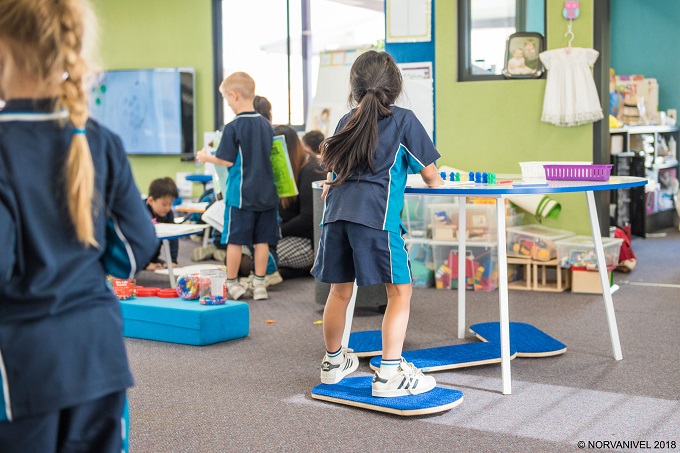What if Plato was wrong and music education doesn’t matter?

Ever since Plato declared music more important than physics and philosophy, educators have waxed poetic about the benefits of teaching children music.
But do those benefits hold up?
It was Robin Stevens who advocated for a National Review of Music Education in the 2003 Stevens Report, and it was Robin Stevens in 2014 who heavily critiqued overzealous use of extrinsic music factors to justify all music education rather than specify benefits of particular programs.

In ‘Filling the Gaps: What Research is Needed to Assist with Music Education Advocacy in Australia’, Stevens argues that while countries with very high PISA scores have extensive music education programs, those programs differ widely; so he asks, “How is it reasonable to draw conclusions about these countries’ academic outcomes based on their provision of music education?’.
Isn’t it annoying when people quote Plato?
Music Trust took a deeper look at these infamous PISA scores, where literacy and numeracy results for Australian 15-year-olds slid from 9th place worldwide to 19th between 2009 and 2012. Interestingly, Music Trust found that in all five of 2009’s highest scoring countries, much more class-time was devoted to music than in any Australian government system. “In three countries, music is taught by specialist music teachers and in the other two, it is taught by classroom generalists.”
Of those generalists, Music Trust further claimed that South Korean generalists receive 160 hours of music education and in Finland, 85 percent of students are taught by generalists with 350 contact hours or more of music education, compared to just 17 hours in Australia.
I would teach children music, physics, and philosophy;
but most importantly music, for the patterns in music
and all the arts are the keys to learning
― Plato
Claims that music boosts intelligence, emotional wellbeing and psychosocial development, have been researched, debated and oft-proven over the decades but Stevens is hesitant to create unreasonable expectations of broad academic success. Instead, he advocates for specific music education pedagogy to be tied to specific evidence-based research.

In terms of brain research, he elaborates by example: “The problem is when we take all that research and condense it to apply to all music education and make claims of increased brain function. For example, there is obviously greater brain engagement in some musical tasks than others.”
What is the takeaway here?
Perhaps that principals and teachers should take their choice of music program seriously and consider what might be their school’s best option. Music is beneficial to young learners, sure, but what method of teaching music is most beneficial to your young learners?
What methods of music education are Australian schools using? The nation’s status quo is uneven, with many schools lacking a music program and/or music specialist altogether. The most recent national data on how many schools teach music in classrooms dates back to the 2005 National Review of Music Education (NRME).

In 2008, music educator Ian Harvey surmised, based on this and other available data at the time, that around 88 percent of independent schools and as few as 23 percent of government schools offer a ‘sequential, continuous, developmental music education’.
Experts seem to agree with Harvey’s estimate, qualified by acknowledging there are vast differences across state lines and between government, independent and Catholic schools.
According to the NRME: “There are gaps in Australian music curriculum documents in some states and territories, notably in support materials for beginning primary generalist teachers; instrumental and vocal music (including teaching singing); conducting; music technology; music for gifted and talented students; music for Indigenous students, and about Indigenous music; appropriate music pedagogy for different groups, e.g. boys, students with special needs; creativity, improvisation and composition.”


According to Music Trust, “at least 87 percent of Queensland primary schools offer classroom instruction in music”. As well, 80 percent of schools sampled nationally by the NRME confirmed they had some form of classroom-based music while 9.4 percent of the sample schools had no music program at all.
The Music Council of Australia found that just 35 percent of Victorian state schools had music programs while 38 percent of rural Victorian primary schools had no music program at all.
It’s difficult to discuss music education in Australian primary schools when, as you can see from the NRME conclusions above, there’s not much nationwide consensus on what that looks like.
So, School News spoke with two primary music education providers to help shed light on what resources are available to teachers in this confusing climate.
Music specialists are now a rarity in schools
Janice Tuck, creative director at Fun Music Company, first revealed: “We are finding that there are less music specialist positions in schools and where there is a specialist, that person is often asked to teach several performing arts subjects such as music, drama and dance.
“So, with detailed curriculum requirements in all these areas, it’s really difficult for a general or specialist teacher to cover all the curriculum and make sure that it’s fun and educational for the children as well.”
Musica Viva’s artistic director, Michael Sollis agreed: “The reality is that most schools do not have a music specialist and many classroom primary school teachers do not feel like they have the tools or the capability to effectively teach music in their classroom, even though they are the ones responsible for facilitating musical learning and meeting arts curricula.
On music programs for generalist teachers
Janice said: “That is where programs like ours come in, we provide step by step tutorials and lesson plans that are based on solid pedagogy from all the best approaches in music education and they can be used by specialist and general classroom teachers using the technology available.”
Michael noted: “This a multidimensional problem that requires additional training for teachers at tertiary level, as well as programs such as ours, which is designed to provide generalist teachers with straightforward tools to implement music teaching in the classroom.”
Questions about pedagogy
Michael spoke to us about the movement to integrate arts into STEM, and how music pedagogy should be at the forefront: “Key to this are resources that inspire students’ creativity through artistic and musical group work, problem solving and music making, particularly via accessible techniques such as singing, body percussion and classroom instruments.”
Janice revealed that she formulated her music program “by talking to thousands of active music teachers daily and researching in detail as many major curricula around the world”. She noted: “These findings led me to better understand the core underlying principles that shape our curricula today, which I define as aural, singing/playing, composing and connecting.
Instruments and physical space: implementing a music program
Janice advised: “In regards to instruments, schools should invest in a variety of tuned and untuned percussion instruments first, as these are the most practical and useful for general music classes.”
Michael suggested: “A class set of non-melodic percussion – such as hand-held drums, shakers, triangles and bells – is extremely versatile and a good and accessible starting point for any school. As your school music program grows, you will hopefully accumulate more resources and instruments, so a dedicated music classroom is ideal if possible, where students and teachers can sing, play, move and generally make a racket.”







